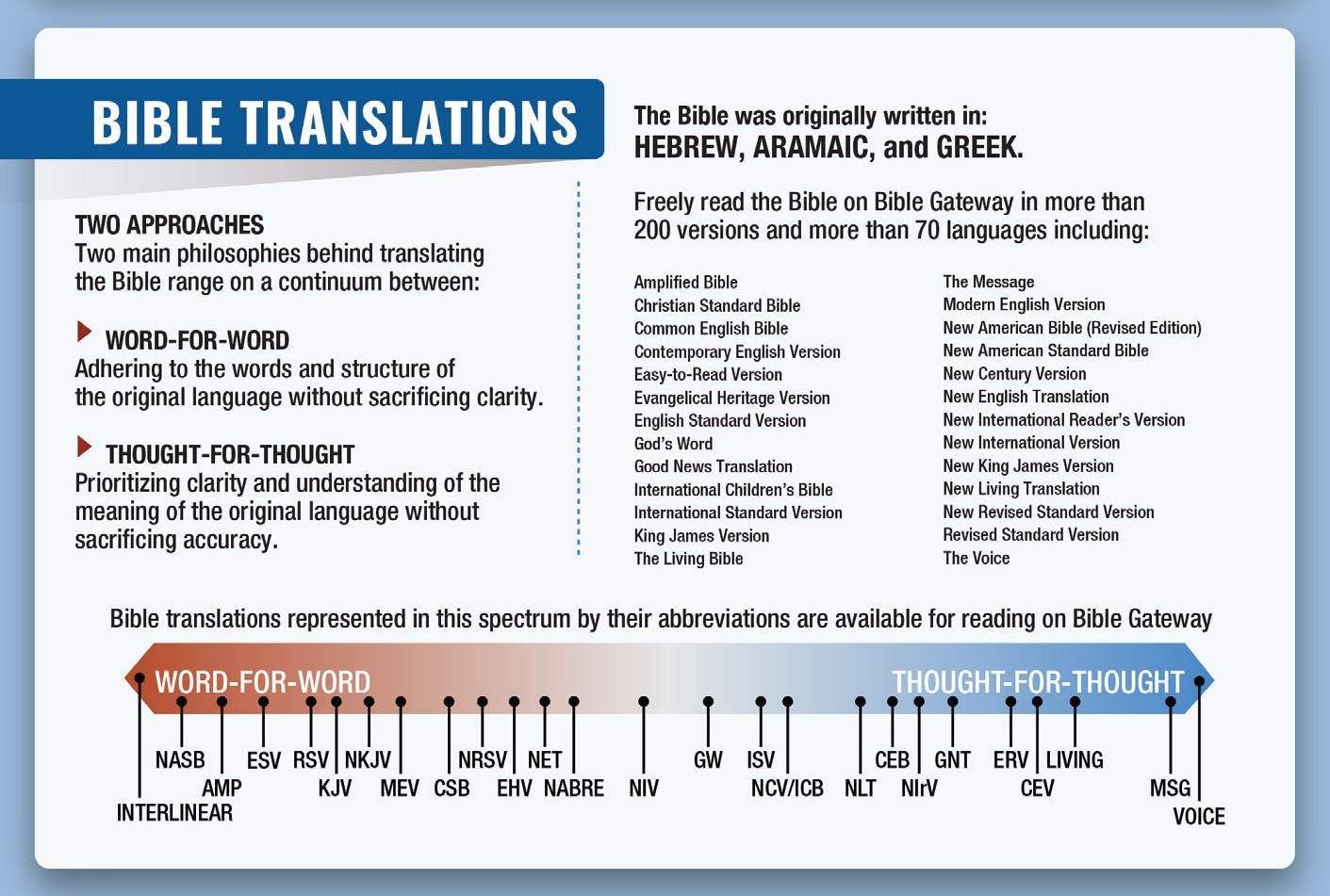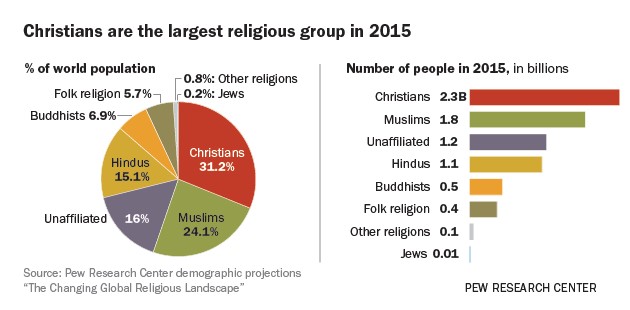 By Ann Spangler
By Ann Spangler
For dust you are and to dust you will return.
GENESIS 3:19
Adam and Eve are inseparable. Two innocents in paradise, they are content to explore the length and breadth of their garden home, dangling their feet in its cool refreshing streams as they feast on peaches, pears, pomegranates, figs, dates, melons, almonds, olives, honey, and more. Completing each other, they feel whole and happy. Despite their nakedness, they feel no shame.
One day, while they are strolling in the garden close to the tree of the knowledge of good and evil, they encounter a creature that Adam had already named, nahas, a word whose root means “shiny” and “enchanting.” Indeed the serpent is charming, but it is also sly and full of malice.
Wasting no time, it begins a subtle assault. Addressing the woman, the serpent asks, “Did God really say, ‘You must not eat from any tree in the garden’?”
While Eve considers how to answer his question, Adam stands passively by. “We may eat fruit from the trees in the garden, but God did say, ‘You must not eat fruit from the tree that is in the middle of the garden, and you must not touch it, or you will die.’”
Delighted that the woman is willing to converse with him, the cunning creature responds with a flat-out lie topped off with a twisted promise: “You will not certainly die. For God knows that when you eat from it your eyes will be opened, and you will be like God, knowing good and evil.”
Interesting that the first lie is a nasty bit of slander about God. Rather than rushing to the Lord’s defense or refusing to listen at all, Adam and his wife let the serpent’s words slip into their hearts, where they cast a shadow over everything they know about God.
By now they are standing in front of the forbidden tree with fruit so luscious that it begs to be eaten, at least that’s what Eve thinks. Emboldened by her conversation with the snake, she reaches out her hand, twists off a piece, and bites into its firm, sweet flesh. Reaching for another, she hands it to Adam, who takes a bite.
Before the two can finish, they feel a tightening in their chests as their hearts harden and constrict. What had once seemed natural and innocent—their frequent and ardent lovemaking—suddenly appears as something beastly and foul. Indeed their eyes have been opened, just as the serpent had promised. But instead of perceiving the good, they see only wrong. Trying to hide from each other, they cover their nakedness with leaves from the fig tree.
Suddenly they hear a sound like the rushing wind. As Adam crouches behind a tree, he hears the Lord calling, “Where are you?”
“I heard you in the garden,” Adam says, “and I was afraid because I was naked; so I hid.”
“Who told you that you were naked?” God thunders. “Have you eaten from the tree of which I commanded you not to eat?”
“The woman whom you gave me, she gave me some fruit, and I ate.” Even to Adam the response sounds cowardly. But he will not take it back.
Turning to Eve, God asks, “What have you done?”
Like Adam, she shifts the blame, saying, “The serpent deceived me, and I ate.”
Turning to the serpent God says:
Because you have done this,
you are cursed more than all cattle,
and more than every beast of the field;
on your belly you shall go,
and you shall eat dust
all the days of your life.
And I will put enmity
between you and the woman,
and between your seed and her Seed;
he shall bruise your head,
and you shall bruise His heel.
 To Adam, God says: “Because you have heeded the voice of your wife, and have eaten from the tree of which I commanded you, saying, ‘You shall not eat of it’:
To Adam, God says: “Because you have heeded the voice of your wife, and have eaten from the tree of which I commanded you, saying, ‘You shall not eat of it’:
Cursed is the ground for your sake;
in toil you shall eat of it
all the days of your life.
Both thorns and thistles it shall bring forth for you,
and you shall eat the herb of the field.
In the sweat of your face you shall eat bread
till you return to the ground,
for out of it you were taken;
for dust you are,
and to dust you shall return.
That’s how the very first human beings—created from the dust of the ground and the breath of God—fell from their lofty place. Instead of ruling the earth with ease, they learn that the earth will rule them. Rather than remaining a lush garden paradise, it will resist their labor from morning ’til night until finally it swallows them whole. No matter how much sweat they expend, nothing will prevent them from returning to their beginnings, to the ground from which they came.
After clothing them in garments of skin, God says, “The man has now become like one of us, knowing good and evil. He must not be allowed to reach out his hand and take also from the tree of life and eat, and live forever.” To prevent Adam and his wife from eating the fruit, which would make them immortal and doom them to a never-ending life of sin, he banishes them from Eden, stationing cherubim and a flaming sword to guard the way to the tree of life.
Fortunately God still loves everything and everyone he has made. In the midst of pronouncing judgment, he promises the woman that one from among her offspring will someday crush the serpent’s head.
Even after hearing the grievous sentence that God has rendered for sin, Adam expresses his hope for the world’s future by naming his wife Eve, because “she will become the mother of all the living.”
After innumerable years and too many sorrows to count, a daughter of Eve whose name is Mary, will give birth to a son. He will be a new Adam, rescuing the world from its sin.
________
 Adapted from Less Than Perfect: Broken Men and Women of the Bible and What We Can Learn from Them by Ann Spangler. Click here to learn more about this title.
Adapted from Less Than Perfect: Broken Men and Women of the Bible and What We Can Learn from Them by Ann Spangler. Click here to learn more about this title.
What can the Bible’s most flawed men and women reveal about who God is and how he reaches out to less-than-perfect people? In Less Than Perfect, bestselling author Ann Spangler takes us beyond cardboard cutouts of 38 biblical characters to show us how these were real individuals who had dreams, temptations, and weaknesses just like us.
Whether considering the murderous Herodias, the scheming Jacob, or the doubting Sarah, Spangler approaches both familiar and lesser known characters with fresh eyes. We meet each of these individuals again as if for the first time as Spangler offers a dramatic retelling of their lives, insight into the historical and cultural context of their time, and key takeaway points for our lives today. Each chapter includes questions for discussion or reflection, making Less Than Perfect ideal for individual or group Bible study.
Entertaining, informative, and inspirational, Less Than Perfect gives you a big picture view of the Bible even as it takes you into the hearts and minds of people with struggles just like yours. As you learn more about the individuals who are part of your spiritual family tree, you’ll discover why God loves to use imperfect people to tell his perfect story of redemption.
Ann Spangler is an award-winning writer and the author of many bestselling books, including Praying the Names of God, Women of the Bible and Sitting at the Feet of Rabbi Jesus. She is also the author of The One Year Devotions for Women and the general editor of the Names of God Bible. Ann’s fascination with and love of Scripture have resulted in books that have opened the Bible to a wide range of readers. She and her two daughters live in Grand Rapids, Michigan.











 By Ann Spangler
By Ann Spangler




 World Emoji Day 2018 is the fifth anniversary celebrating this mode of global visual communication which, according to Wikipedia, began in Japan in 1999. The Oxford Dictionaries selected the ‘Face with Tears of Joy’ emoji as the ‘word’ that best reflected the ethos, mood, and preoccupations of 2015; the first time a pictograph was chosen Word of the Year.
World Emoji Day 2018 is the fifth anniversary celebrating this mode of global visual communication which, according to Wikipedia, began in Japan in 1999. The Oxford Dictionaries selected the ‘Face with Tears of Joy’ emoji as the ‘word’ that best reflected the ethos, mood, and preoccupations of 2015; the first time a pictograph was chosen Word of the Year.
